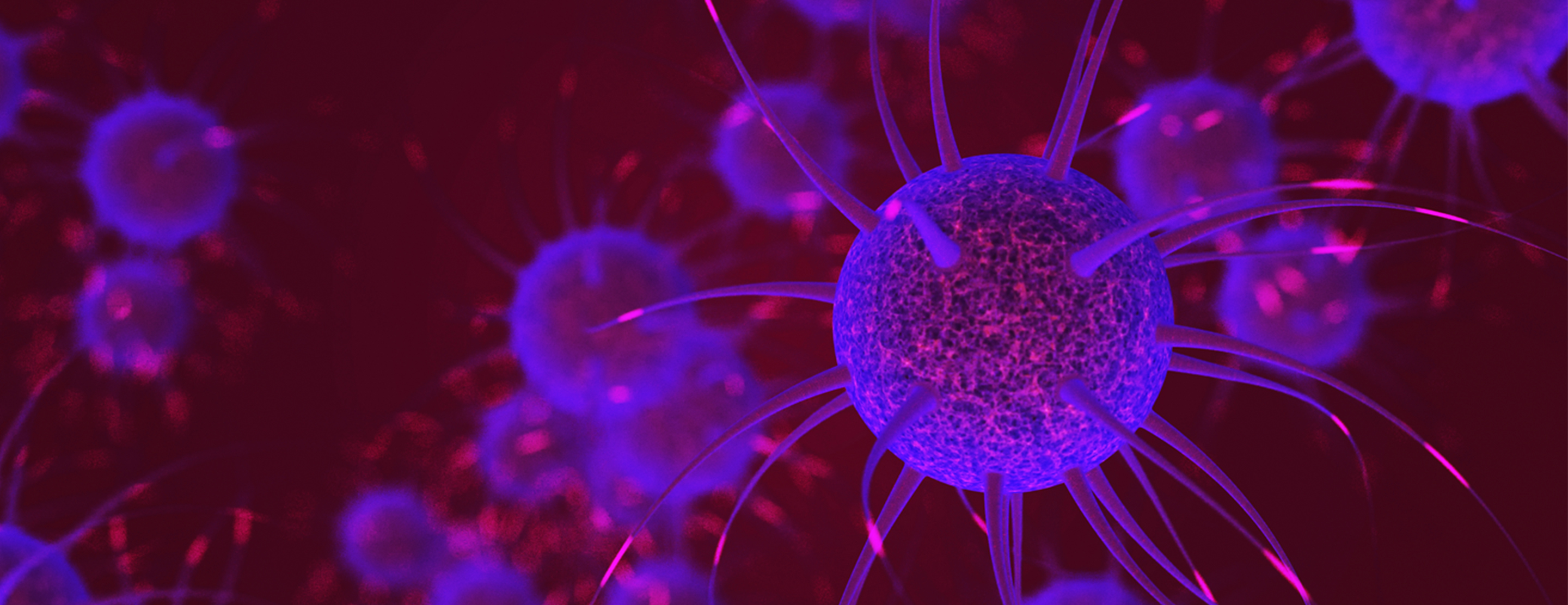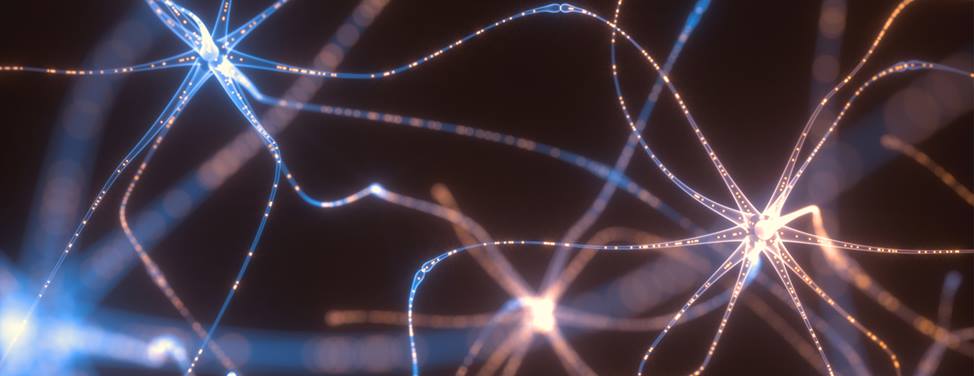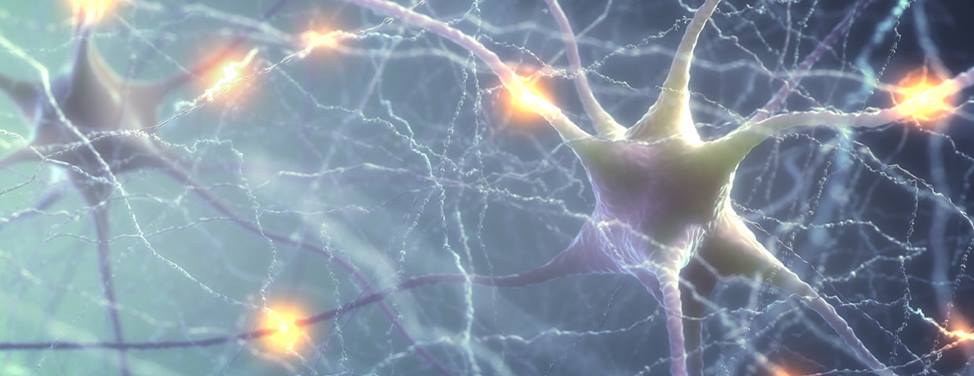Disconnection procedures are a type of surgical treatment for epilepsy. Unlike resections — where surgeons remove the brain tissue responsible for the patient's seizures — disconnection procedures may not involve the removal of any tissue. Instead, surgeons attempt to stop or reduce seizures by cutting the nerve pathways through which seizure impulses travel in the brain.

Disconnection Procedures
A disconnection procedure may be an option if you have severe, uncontrolled seizures that originate in multiple areas of the brain, or if the tissue where your seizures originate cannot be safely removed.
There are three main types of disconnection procedures: functional hemispherectomy, corpus callosotomy and multiple subpial transections.
Functional Hemispherectomy
In a functional hemisphrectomy, surgeons remove tissue from one side of the brain, called a hemisphere, where the patient's seizures originate. They also cut the connections between the two hemispheres so seizures can't spread from one side of the brain to the other.
Hemispherectomy is reserved for patients (usually children) who have severe, uncontrolled epilepsy with seizures arising from only one side of the brain. It is performed only if that hemisphere is already functioning very poorly, so the patient loses little to no additional function after the surgery.
After a functional hemispherectomy, more than 80 percent of patients experience complete or nearly complete seizure control. However, the procedure is less effective for patients with progressive disorders such as Rasmussen's syndrome.
Corpus Callosotomy
This procedure involves cutting the corpus callosum, the bundle of nerve fibers that connects the two cerebral hemispheres. This prevents seizures from spreading from one hemisphere to the other. Seizures still occur, but they may become less severe.
Often, just the front two-thirds of this bundle is cut. This is called a "partial callosotomy." If this fails to adequately control the patient's seizures, the remaining one-third may be cut in a second procedure (a "complete callosotomy").
Corpus callosotomy is reserved for people with severe, uncontrolled epilepsy affecting both hemispheres of the brain. It is most effective in people who suffer from generalized atonic or tonic seizures (also called "drop attacks"), and tonic-clonic seizures.
On average, patients see the frequency of their seizures reduced by 70 to 80 percent after a partial callosotomy and 80 to 90 percent after a complete callosotomy.
Multiple Subpial Transections
Multiple subpial transections may be an option for patients with partial seizures that arise in an area of the brain that cannot be safely removed. In the procedure, the surgeon makes a series of shallow cuts, called transections, in the area of the cerebral cortex where the patient's seizures originate. These cuts are thought to interrupt the fibers that connect to neighboring parts of the brain — stopping the spread of the seizure impulses — without causing long-lasting impairment of important functions. However, transections in areas of the brain responsible for language may cause mild language impairments.
This procedure has been especially successful for people who have an unusual type of epilepsy called Landau-Kleffner Syndrome.
Evaluation
Patients being considered for any type of epilepsy surgery will undergo an extensive pre-surgical evaluation. At UCSF, this includes visits to the clinic, admission to our Epilepsy Monitoring Unit (EMU) and imaging tests to help determine where your seizures might arise in the brain.
During the initial clinic visit, you will meet with an epilepsy specialist to review your medical history and previous epilepsy care and to plan your evaluation at UCSF. We will communicate with your primary care doctors and neurologist to discuss your care and any treatment changes throughout your evaluation.
Monitoring and Imaging Tests
Your epilepsy specialist may recommend that you be admitted to our Epilepsy Monitoring Unit (EMU) so we can record your seizures using video and electroencephalogram (EEG) monitoring. Patients generally stay in the EMU for three to five days. This allows us to determine your particular type of epilepsy and where your seizures may arise, if they originate in a single area of the brain.
In addition, you may undergo one or more of the following tests:
MRI — This non-invasive scan uses a magnet to form detailed pictures of your brain. UCSF's MRI has a very strong magnetic field — 3 Tesla — that is especially well suited to evaluating epilepsy. The Epilepsy Center has worked closely with the radiology department to develop a special MRI protocol that provides enough visual detail to identify even very subtle brain abnormalities that may cause seizures.
PET — Positron emission tomography (PET) is a brain scan used to help determine the presence and location of brain metabolic disturbances that may help us pinpoint the tissue responsible for seizures. The findings from PET help support or interpret findings from video-EEG or MRI. PET can be particularly helpful when no definite abnormalities appear on MRI. At UCSF, PET technology is combined with MRI for better accuracy.
SPECT — Single photon emissions computerized tomography (SPECT) is a brain scan that reflects blood flow. For the scan, a small amount of radioactive compound is injected intravenously as a seizure begins. This harmless compound acts as a tracer, glowing brightly in areas of increased blood flow related to seizure activity in the brain. This scan, called ictal SPECT, is compared to a scan obtained when the patient is not having a seizure. At UCSF, special analysis tools are used to map the statistically important differences between the two scans to that of the patient's MRI, resulting in a final scan that provides a remarkable "snapshot" of brain activity in the location of the seizures.
SPECT is usually reserved for patients with frequent seizures when other imaging tests have not conclusively pinpointed the seizure onset zone.
MEG — Magnetoencephalography (MEG) measures the tiny magnetic fields generated by the brain. This is very similar to the EEG, which records the electrical activity generated by the same neurons using electrodes pasted on the scalp. In contrast to EEG, the MEG measures are distorted less by tissues between the brain and scalp, and are recorded with much greater resolution than is typical with EEG. As a result, MEG can be used to locate the source of epilepsy-related electrical disturbances with greater precision than EEG. In fact, because of its accuracy, MEG is often used when other tests are inconclusive. Furthermore, MEG results can be combined with MRI and other brain imaging to provide a very comprehensive view of the brain's function and structure.
MEG is available at only a few institutions in California, and UCSF has one the premier MEG laboratories in the U.S.
Neuropsychology Testing
In addition to imaging tests, most patients will meet with our neuropsychologist to go through a series of mental exercises that provide information on their language, memory and comprehension skills. This information helps the epilepsy team understand both where your seizures originate and how surgery may affect you. The testing is non-judgmental and done in a comfortable, welcoming environment by a neuropsychologist who specializes in epilepsy.
You may also meet with the neuropsychologist for a Wada test to evaluate where speech and memory functions are located in your brain. In a Wada test, one side of your brain is sedated while the other side is being tested. The results determine which side of the brain is the dominant area for the crucial functions of speech and memory. It will also determine if you will need to be awake during part of the surgery.
Intracranial Monitoring
In some cases, the diagnostic tests give the epilepsy team an idea as to where the seizures start but they are not conclusive. These patients may need further evaluation using intracranial monitoring. Intracranial monitoring records brain wave activity using electrodes placed surgically in or on the surface of the brain, rather than just pasting the electrodes to the scalp as with the initial video-EEG monitoring.
UCSF is one of a handful of medical centers in the U.S. to offer stereoelectroencelphalography (SEEG), a less invasive form of intracranial monitoring, as well as the standard subdural grid. Your surgical team will discuss SEEG with you if you are a potential candidate.
After the electrodes have been placed in the operating room and your condition is stable, you will be transferred to the Epilepsy Monitoring Unit for testing. If the intracranial monitoring provides enough information to proceed, the disconnection surgery is scheduled for the following week.
Epilepsy Surgery Conference
Before deciding on treatment recommendations, a team of UCSF epileptologists, neurosurgeons, neuropsychologists, advanced practice nurses, therapists and surgery coordination staff will meet to go over all aspects of your evaluation and determine the best treatment options for your particular case. After the conference, your doctor or epilepsy nurse specialist will contact you to discuss the risks and benefits of all treatment options, giving you the opportunity to make an informed decision that best suits your needs and lifestyle.
Procedure
Before the procedure, the patient will be put to sleep using general anesthesia. The neurosurgeon will make an incision in the scalp and remove a piece of the skull. The surgeon then pulls back the tough membrane covering the brain, called the dura, to expose the brain.
After the disconnection procedure, the surgeon will replace the dura and bone and close the scalp using stitches or staples. The night of the surgery is spent in the intensive care unit. By the next day, patients should be able to eat and get up and walk with assistance. Pain is managed with intravenous medications until it is mild enough to be controlled with oral medications.
Most patients remain in the hospital for three to four days following a disconnection procedure.
Recovery
After surgery, you can expect swelling and bruising on the scalp around the incision and, in some cases, on the face. This usually goes away within four to six weeks after surgery.
You will have your stitches or staples removed 10 to 14 days after surgery, either at UCSF or at your local doctor's office.
Most patients experience headaches during the first few weeks after surgery. The headaches will gradually become less frequent and less intense. Other effects of the surgery may include decreased ability to concentrate, forgetfulness and word finding difficulties. In most cases, these problems gradually improve over the first few weeks.
It's common for patients to tire very easily after the operation, especially in the first few days after discharge from the hospital. Most people feel back to normal and resume their usual activities about four to six weeks after surgery.
Most patients are put on steroids after surgery to minimize brain swelling. You will be tapered off of them two to three weeks after surgery. This can cause temporary withdrawal symptoms, including increased headache; slight stiffness in the neck, lower back or leg; low fever; irritability; and mild swelling under the incision.
You will continue to take the same anticonvulsant medications you took before surgery for at least two years, even if you're not having any seizures, unless your doctor instructs otherwise.
You will be given detailed post-operative instructions, as well as directions on how to contact the neurosurgery team with any questions or concerns, before you are discharged from the hospital.
For more information, please contact one of our epilepsy nurse specialists:
Neurology:
Maritza Lopez, (415) 719-7888
Neurosurgery:
Mariann Ward, (415) 353-2347
UCSF Health medical specialists have reviewed this information. It is for educational purposes only and is not intended to replace the advice of your doctor or other health care provider. We encourage you to discuss any questions or concerns you may have with your provider.
Related treatments

Visualase Thermal Laser Ablation
In this laser surgery for adults and children with epilepsy, a laser fiber is guided toward the source of a patient's seizures through a small hole in the skull. The laser then heats and destroys the abnormal brain tissue without hurting the surrounding healthy tissue.









